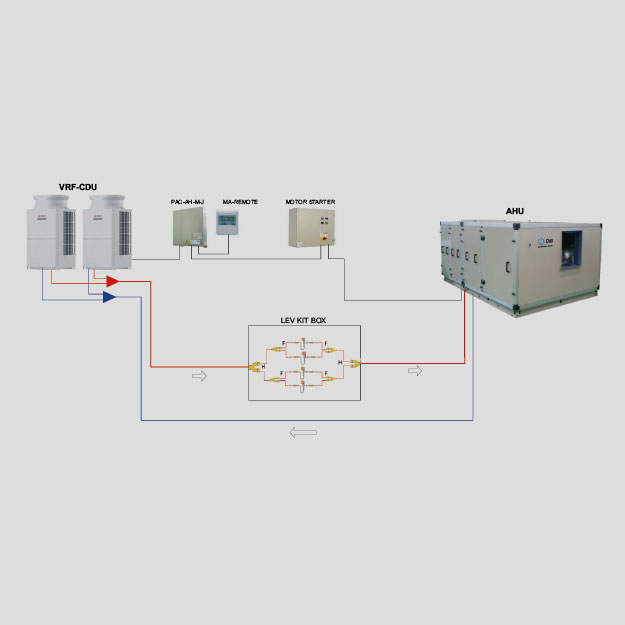
- Home / Solutions In HVAC / Integrated AHU-DX and CDU-VRF Solution
Integrated AHU-DX and CDU-VRF Solution
Contents/ Mục Lục
- 1. Overview of the Solution
- 2. Advantages of the Solution
- 3. Limitations of the Solution
- 4. Applications of the Solution
- 5. Typical Project Implementing the AHU-DX and CDU-VRF Integrated Solution
- 6. Key Considerations for Implementation
- AHU-DX and CDU-VRF Integrated Solution
- ECS3 / ESCS3 Series – Central Station Air Handling Units
It is a well-known fact that the world’s leading manufacturers of chillers and AHUs primarily originate from the United States, whereas reputable VRF air conditioning manufacturers are mostly based in Japan. This reflects the difference in technological development strategies between these two leading nations in the HVAC industry. Renowned U.S. brands such as Trane, Carrier, and Dunham-Bush focus on chiller and AHU technology designed for large-scale projects with stringent air quality requirements. Meanwhile, Japanese companies like Daikin, Mitsubishi Electric, and Panasonic have pioneered Variable Refrigerant Flow (VRF) systems as an optimal solution for medium-sized commercial buildings, emphasizing flexibility, ease of installation and operation, and high economic efficiency.
1. Overview of the Solution
The integrated AHU-DX and CDU-VRF solution is an optimized combination that leverages the advantages of AHUs and the flexibility and efficiency of VRF systems. This solution is ideal for specific HVAC applications in commercial and industrial buildings, utilizing the strengths of both technologies to meet stringent microclimate conditions and specialized design requirements.
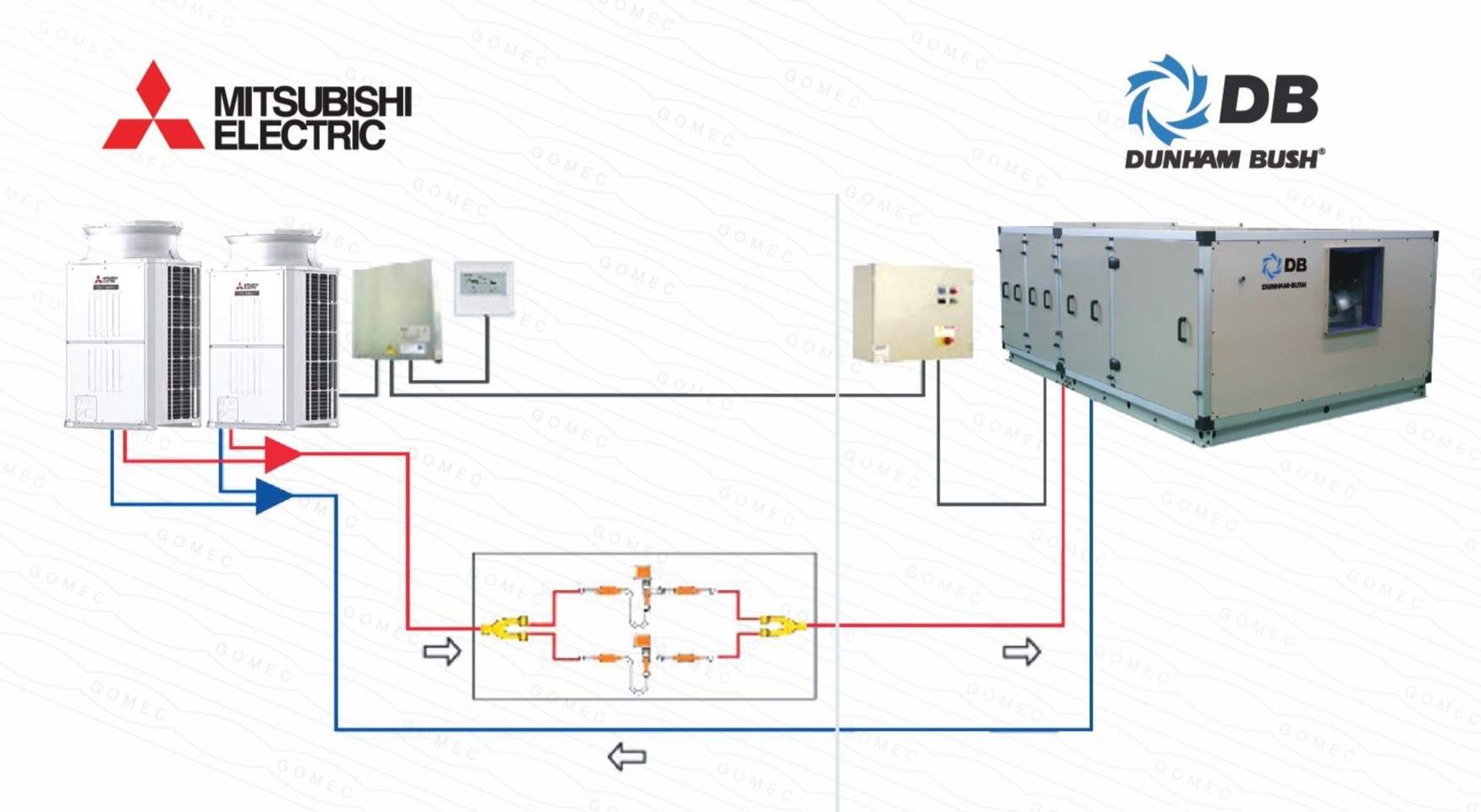
2. Advantages of the Solution
Advantages of the AHU-DX Unit by Dunham-Bush:
- Superior air quality control: Capable of managing multiple air parameters such as temperature, humidity, and cleanliness. It can be equipped with humidifiers, electric or steam heating coils to suit specific requirements.
- Modular integration: Supports multiple filtration layers (coarse, fine, HEPA) to remove dust, bacteria, and pollutants, improving indoor air quality.
- High energy efficiency: Compatible with energy-saving modules such as heat wheels, plate heat exchangers (PHE), and coil loops to recover heat from exhaust air and enhance dehumidification efficiency.
- Cleanroom applications: Designed to meet cleanroom standards for industries such as healthcare, pharmaceuticals, and high-tech manufacturing.
- Flexible design: Wide airflow and static pressure range adaptable to various projects. Customizable AHU construction materials to withstand harsh environments, such as marine corrosion or high-acid conditions.
- Easy maintenance: Modular design facilitates inspection and component replacement.
Advantages of the CDU-VRF Unit by Mitsubishi Electric:
- Inverter compressor technology: CDU-VRF units incorporate inverter-driven compressors, significantly reducing energy consumption by adjusting capacity based on actual thermal load.
- Compact and flexible design: Enables long-distance and high-altitude connections to AHU-DX units. The compact outdoor unit is particularly beneficial for high-rise buildings or space-constrained installations.
- High durability in extreme environments: Capable of stable operation in ambient temperatures up to 52°C.
System Synchronization
Some concerns arise regarding the compatibility and operational control challenges when integrating AHU-DX units with CDU-VRF units from different manufacturers. However, Mitsubishi Electric has developed and refined the LEV-KIT integration module, ensuring precise and stable synchronization between AHU-DX units and CDU-VRF systems. Multiple projects have successfully deployed this solution, demonstrating its reliability and effectiveness.
3. Limitations of the Solution
The initial investment cost for integrating AHU-DX with CDU-VRF is higher compared to conventional VRF systems using standard indoor units (IU).
This integration requires an experienced technical team for proper design and installation.
4. Applications of the Solution
The integrated AHU-DX by Dunham-Bush and CDU-VRF by Mitsubishi Electric is an ideal solution for:
Hospitals and surgical rooms: Demanding high air quality standards for temperature, humidity, and cleanliness control.
Manufacturing facilities and cleanrooms: Designed to handle large airflow volumes with flexibility in airflow and static pressure control, meeting strict requirements for air change rates (ACH), temperature, humidity, cleanliness, and noise levels.
Luxury hotels and premium office spaces: Ensures efficient fresh air handling while maintaining low noise levels and high energy efficiency.
Shopping malls and auditoriums: Large spaces with high occupancy, requiring substantial fresh air supply and energy recovery solutions.
5. Typical Project Implementing the AHU-DX and CDU-VRF Integrated Solution
Some images from the Kusumi Hospital Project at Tokyo Medical University Vietnam, located in Ecopark Urban Area, Xuan Quan Commune, Van Giang District, Hung Yen Province.
6. Key Considerations for Implementation
- A single AHU controller (LEV-KIT) supports only one refrigerant circuit with a maximum capacity of 20 HP. A single AHU-DX unit may have multiple refrigerant circuits.
- Piping length and elevation restrictions must comply with the CDU-VRF unit’s specifications.
- For fresh air handling AHUs (PAU), a dedicated CDU-VRF unit should be used. The supply air temperature should not be lower than 13.5°C.
- The AHU-DX connection range should be 80% to 100% of the CDU-VRF capacity. Capacity adjustments due to piping length and operating temperature should be carefully considered.
- project@gomec.vn
- Hotline & Zalo 0379 586 886
- (+84) 024 3200 8920
- Gomec Vietnam
- Gomec Vietnam
Related Post
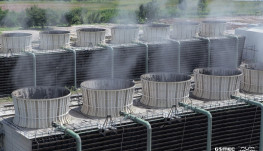
Heat Recovery From Open Cooling Tower
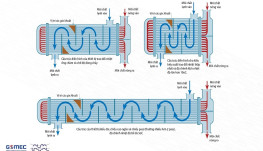

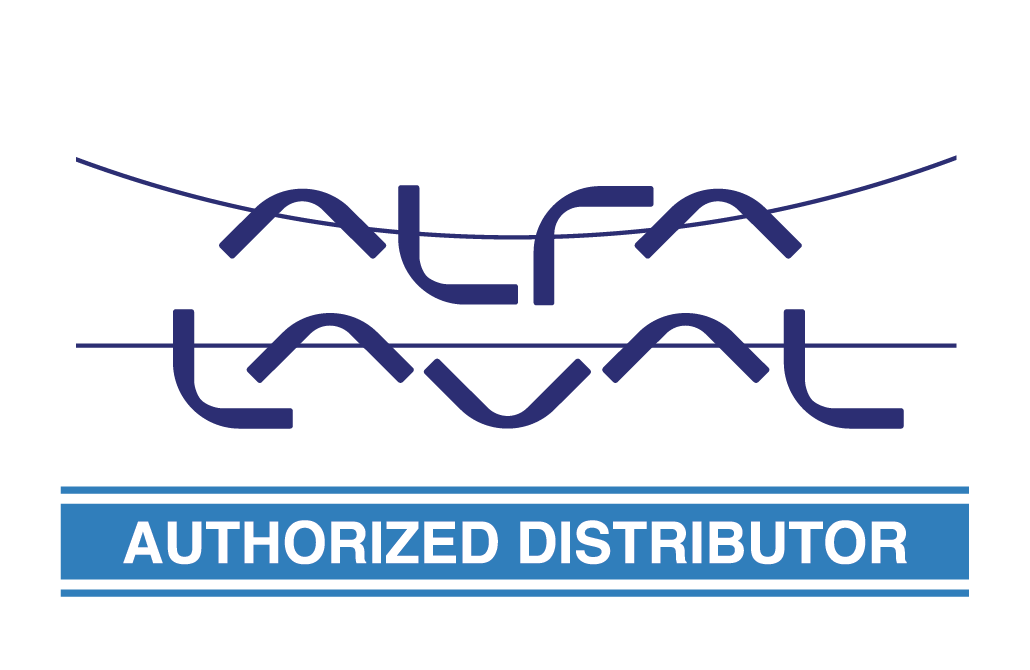
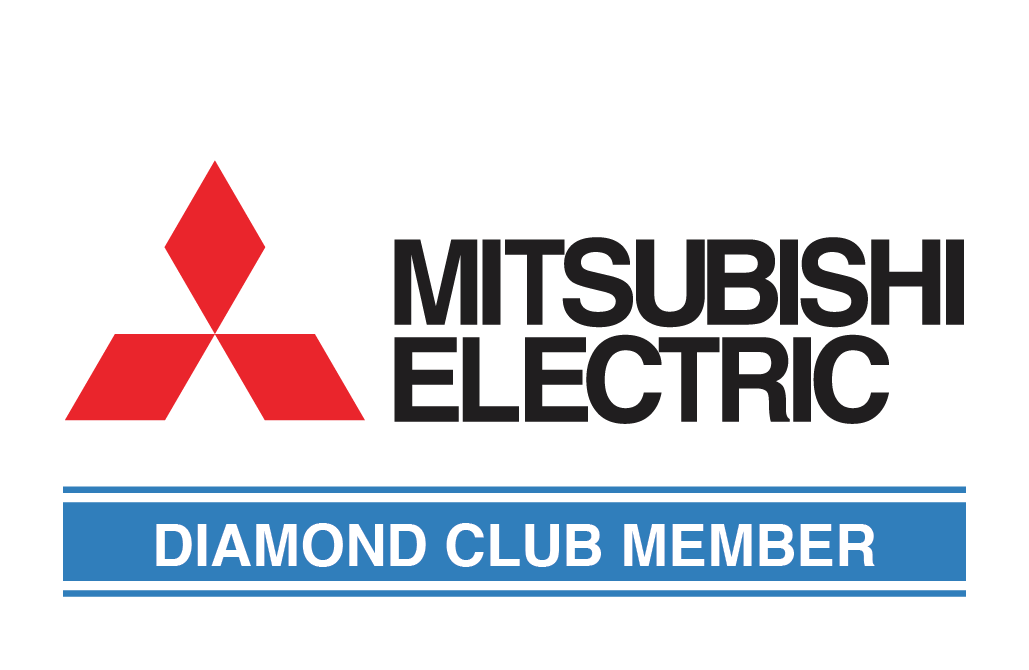
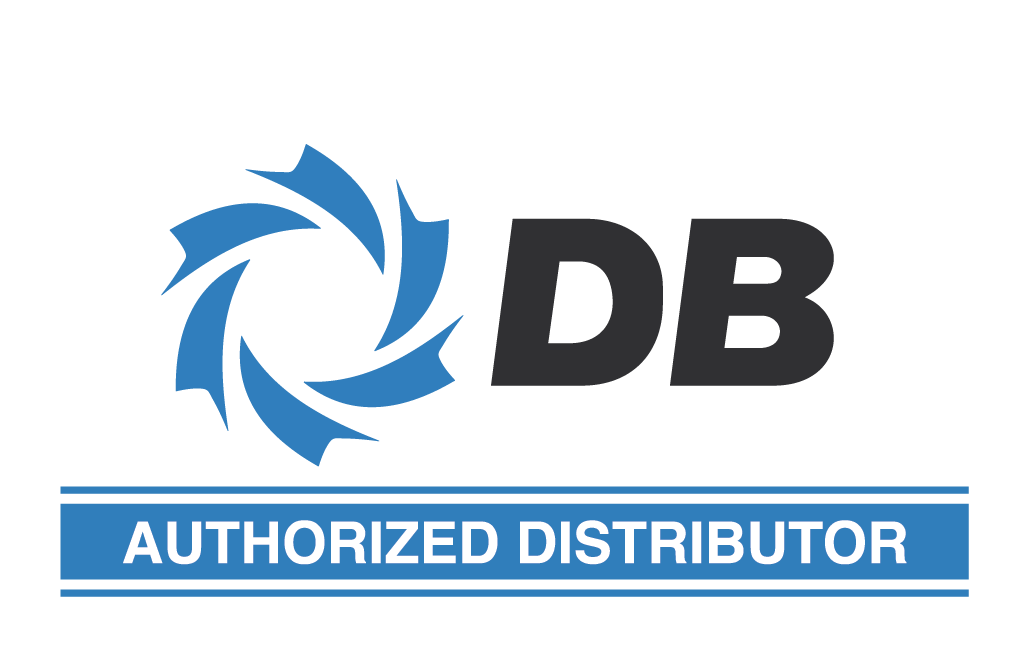
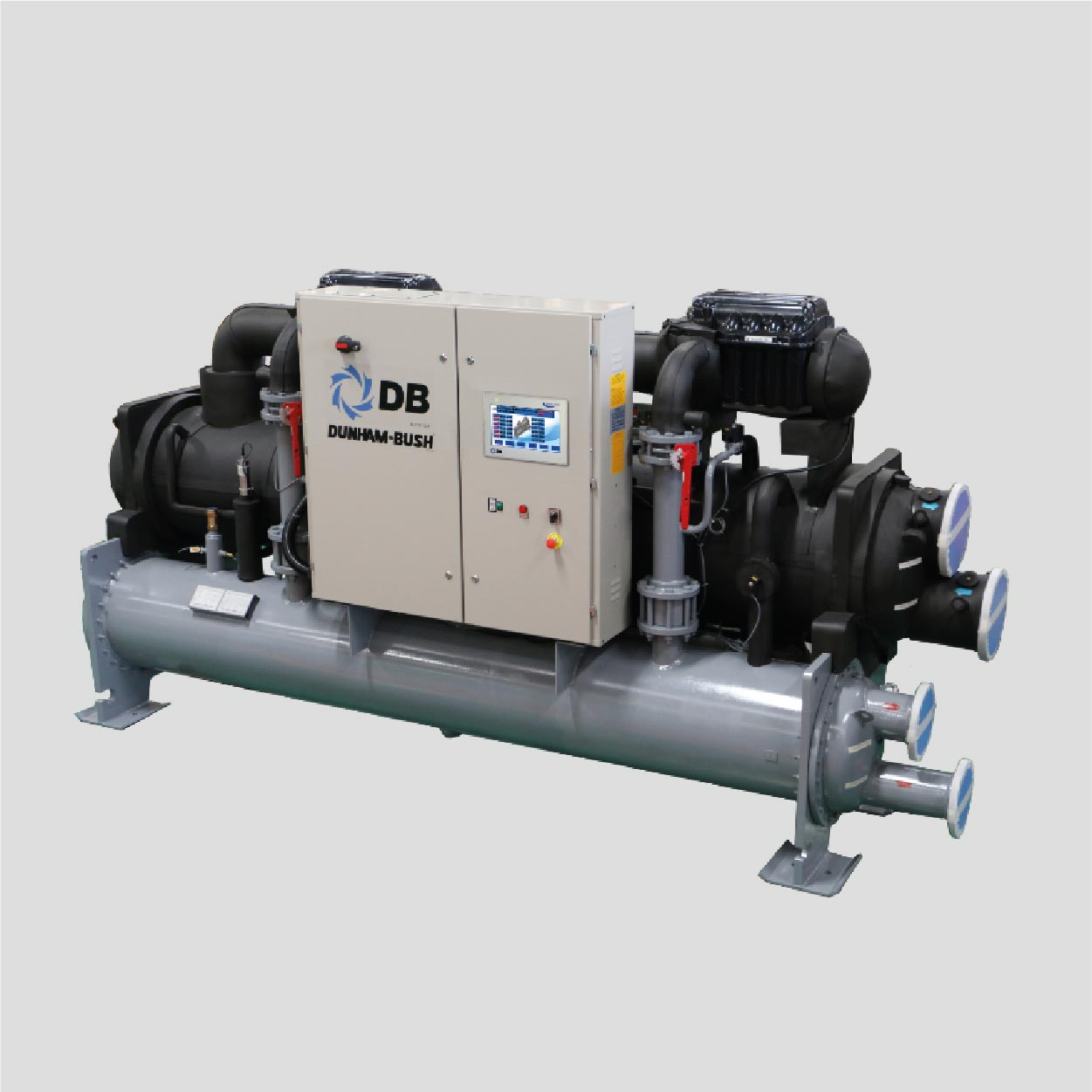
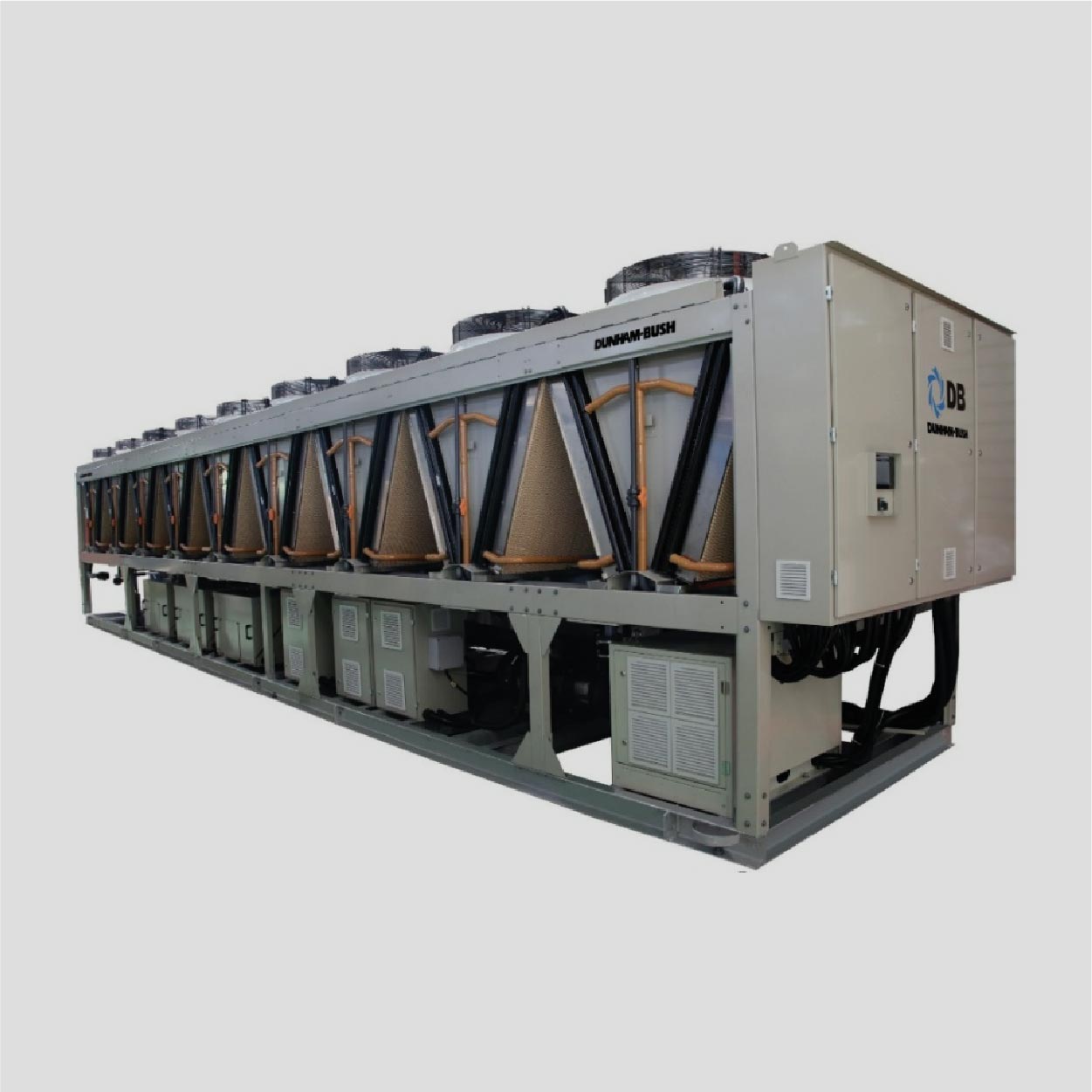

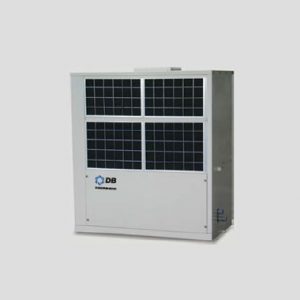
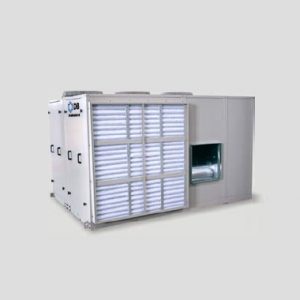

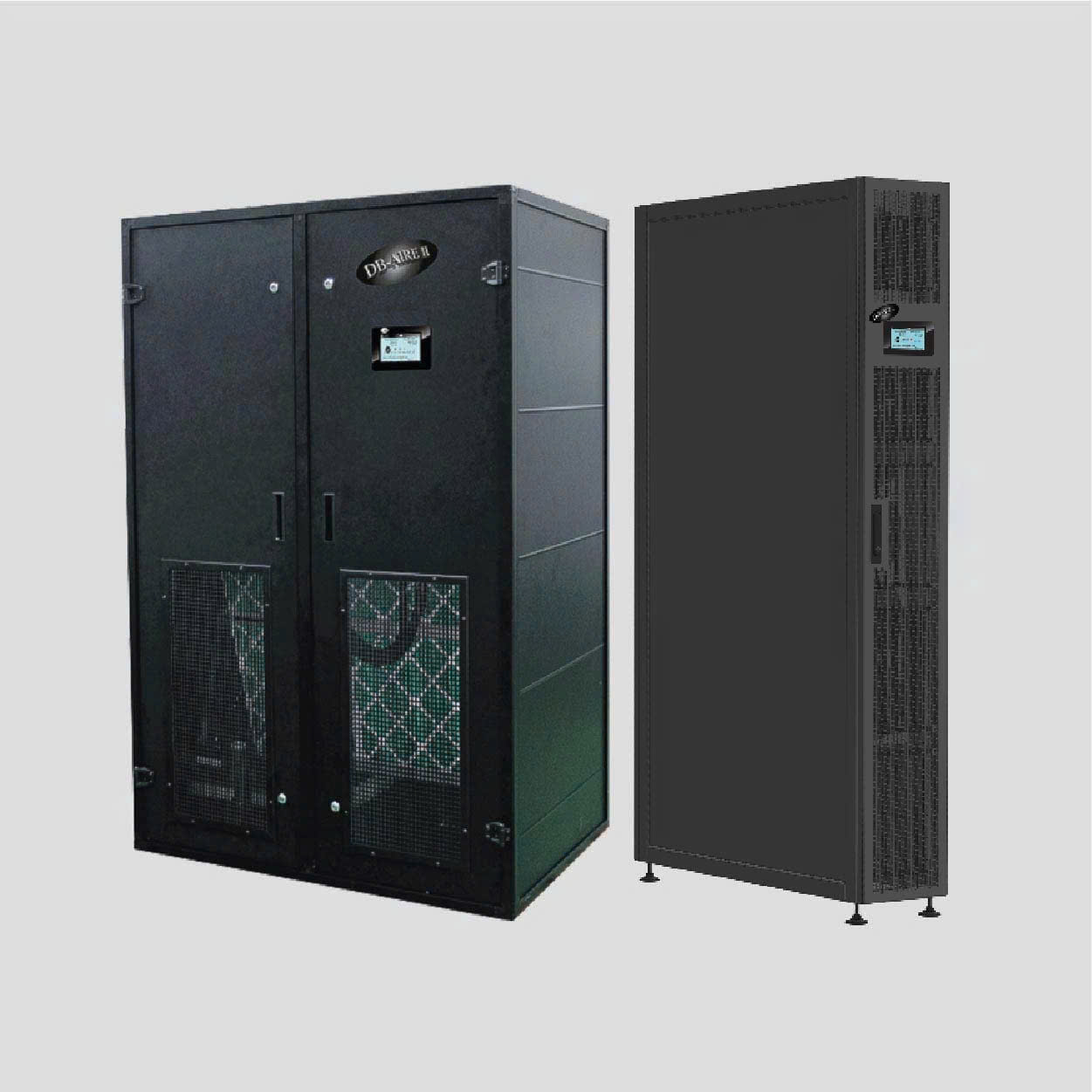
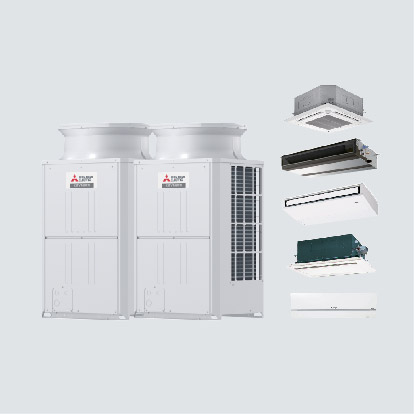
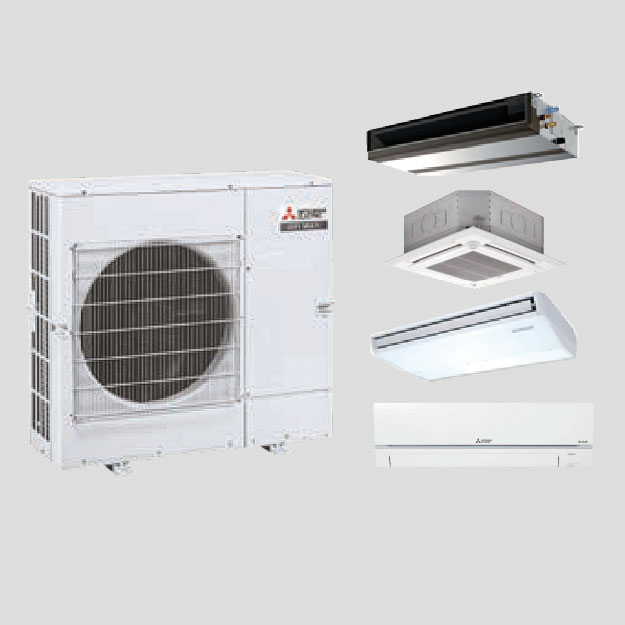
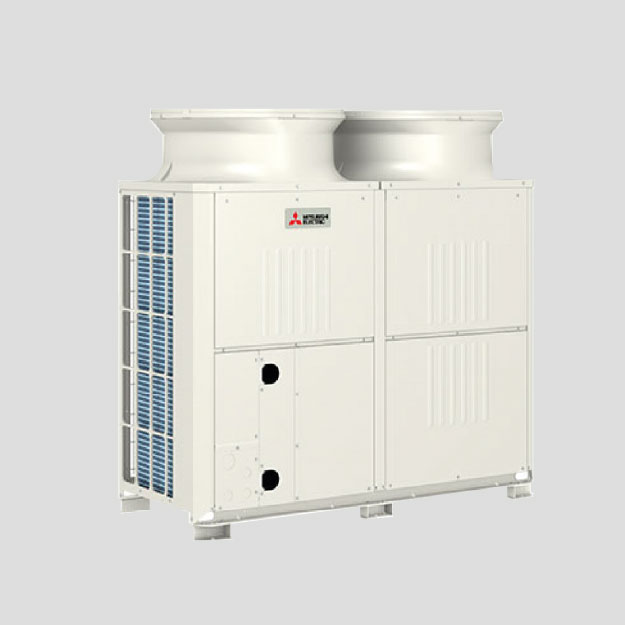
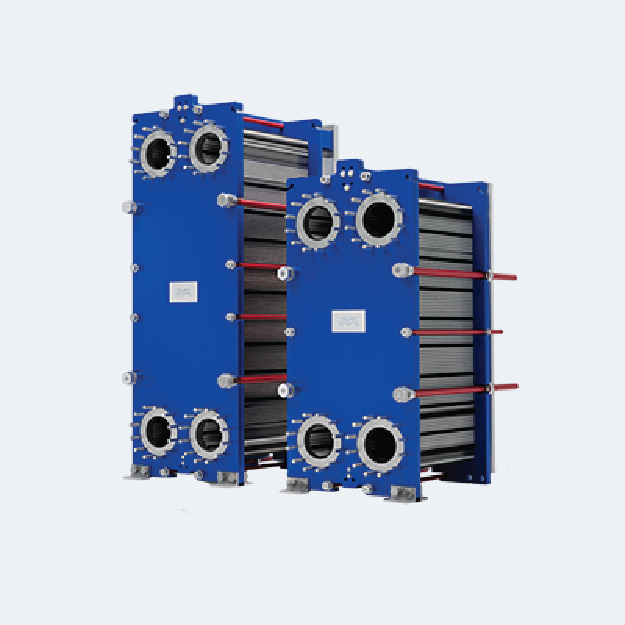
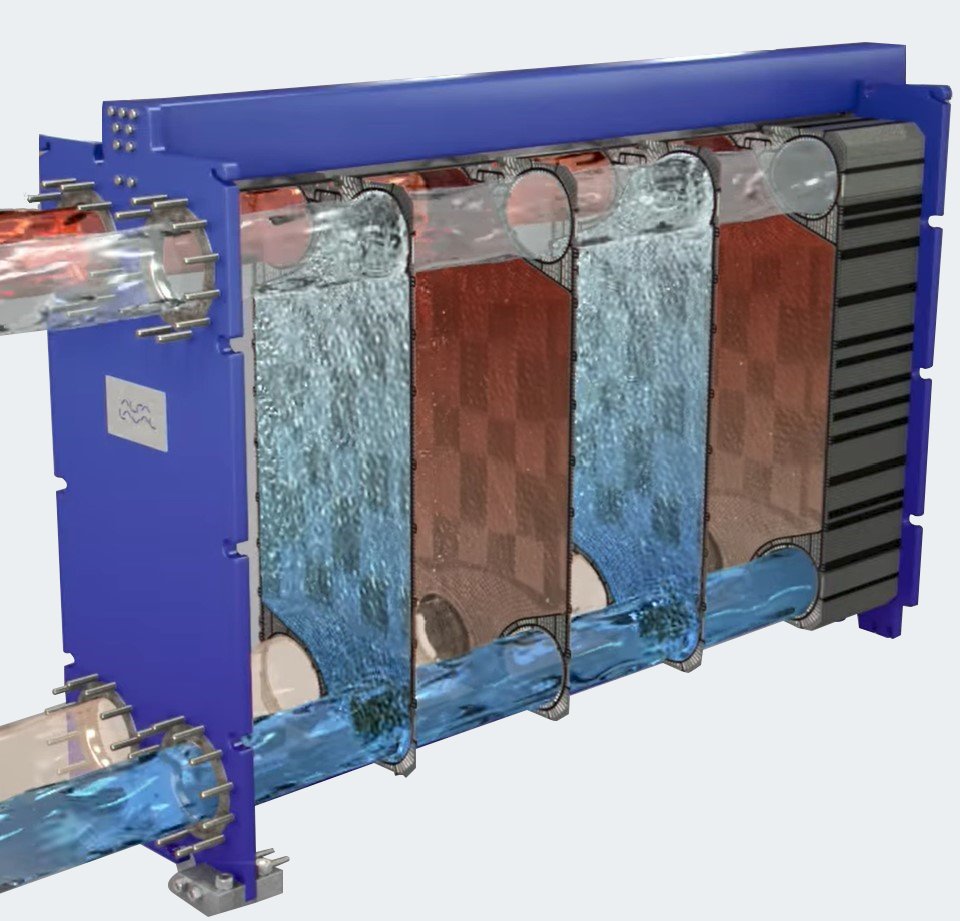
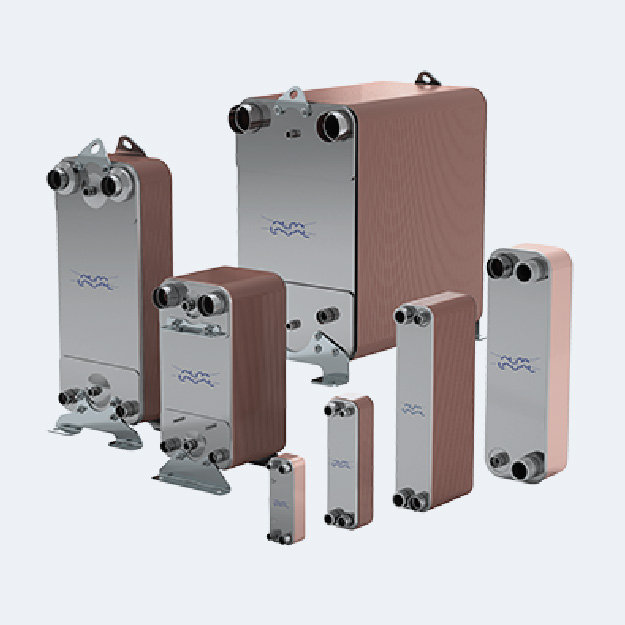
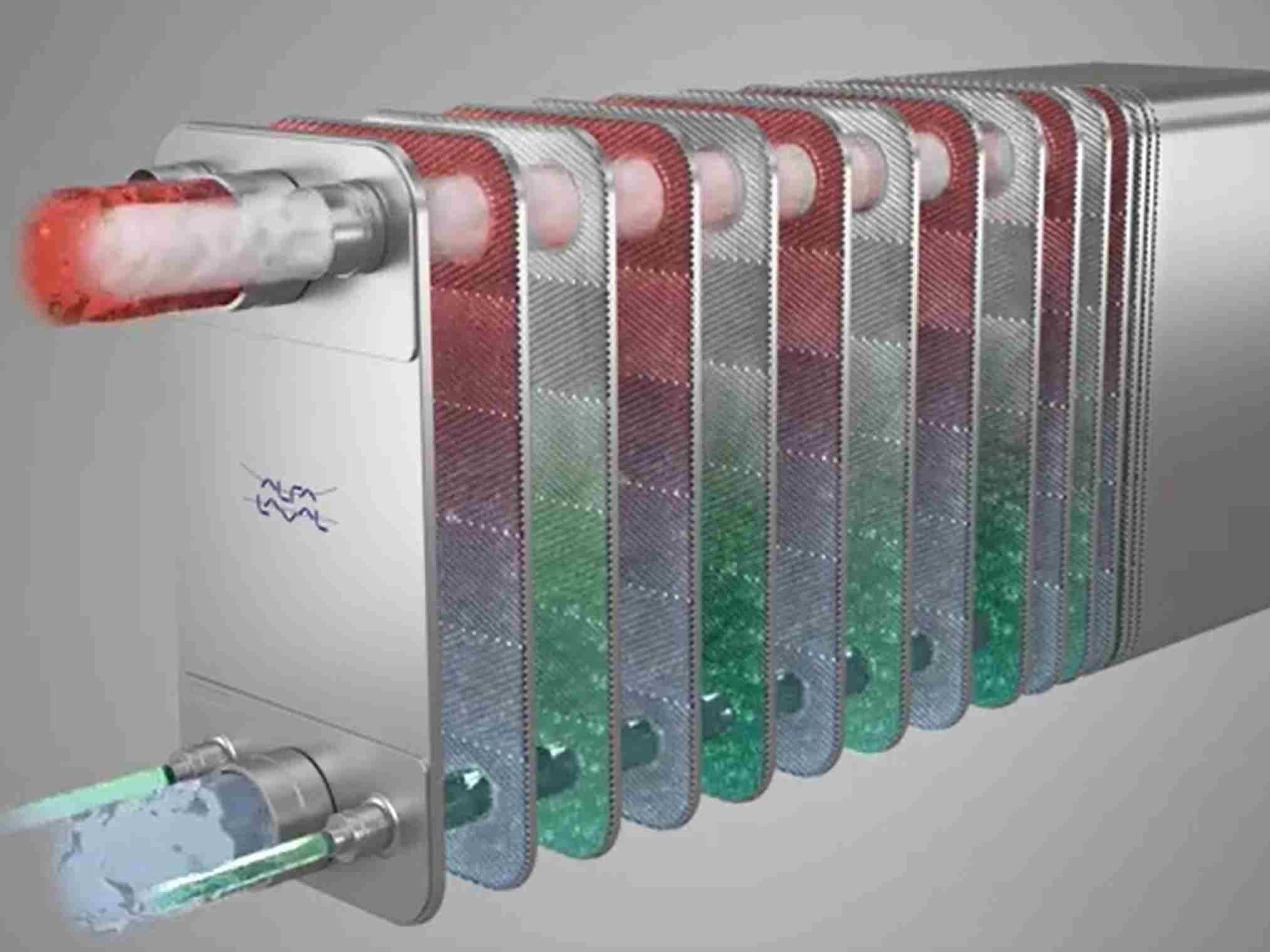
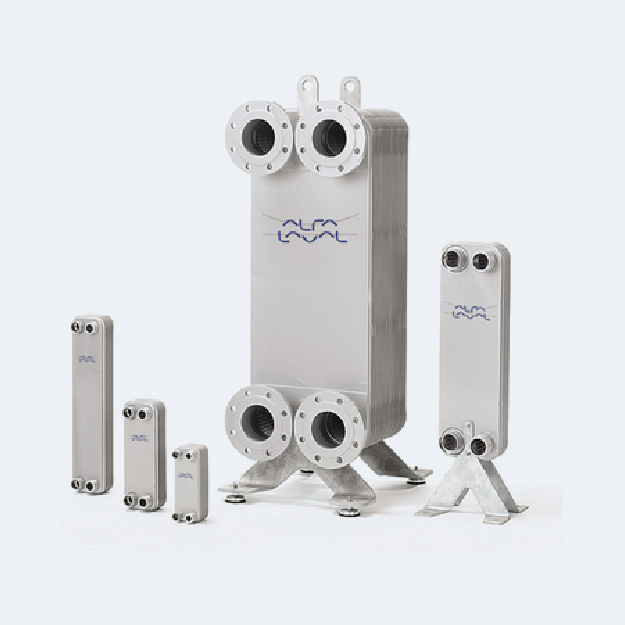
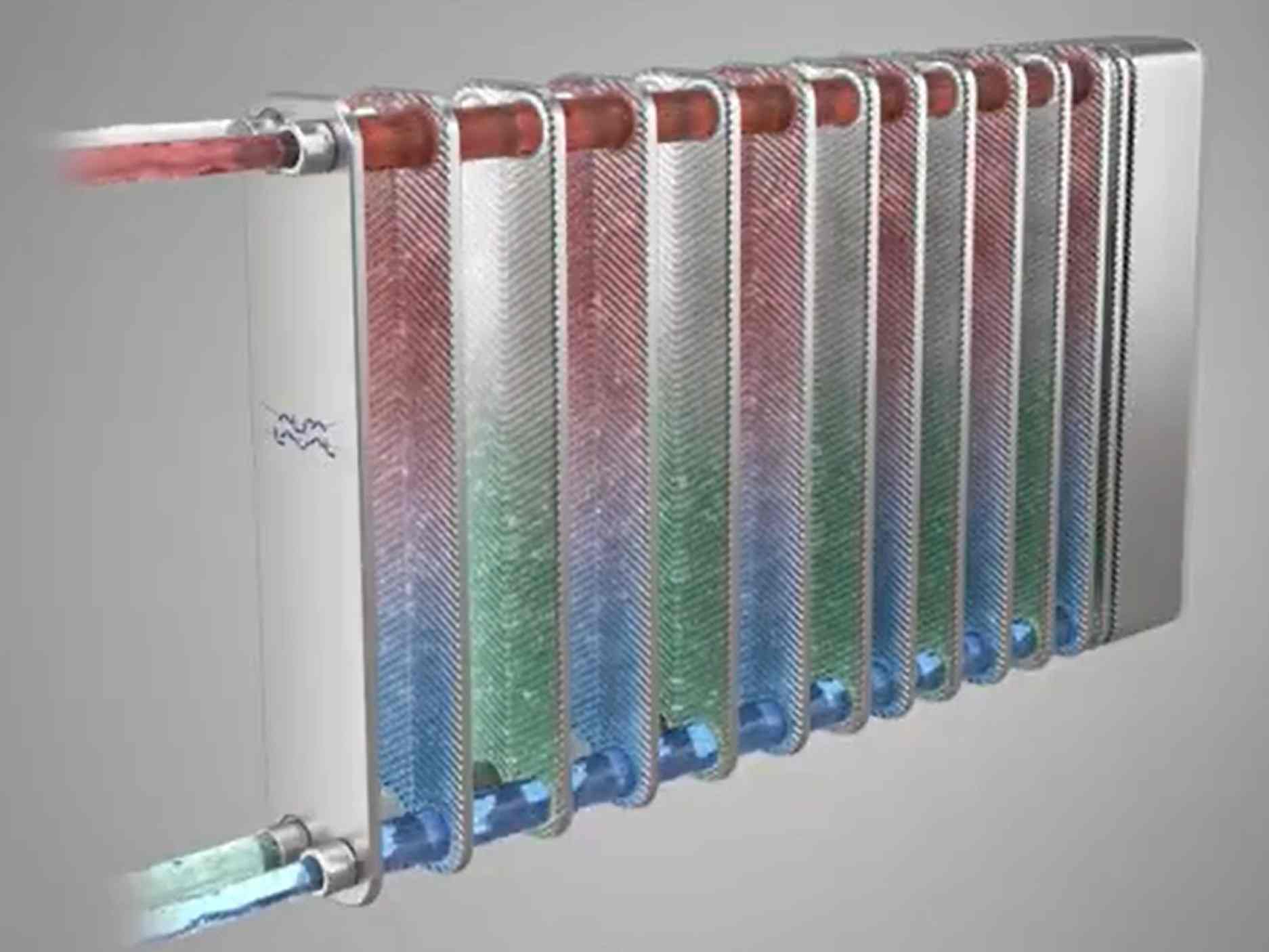

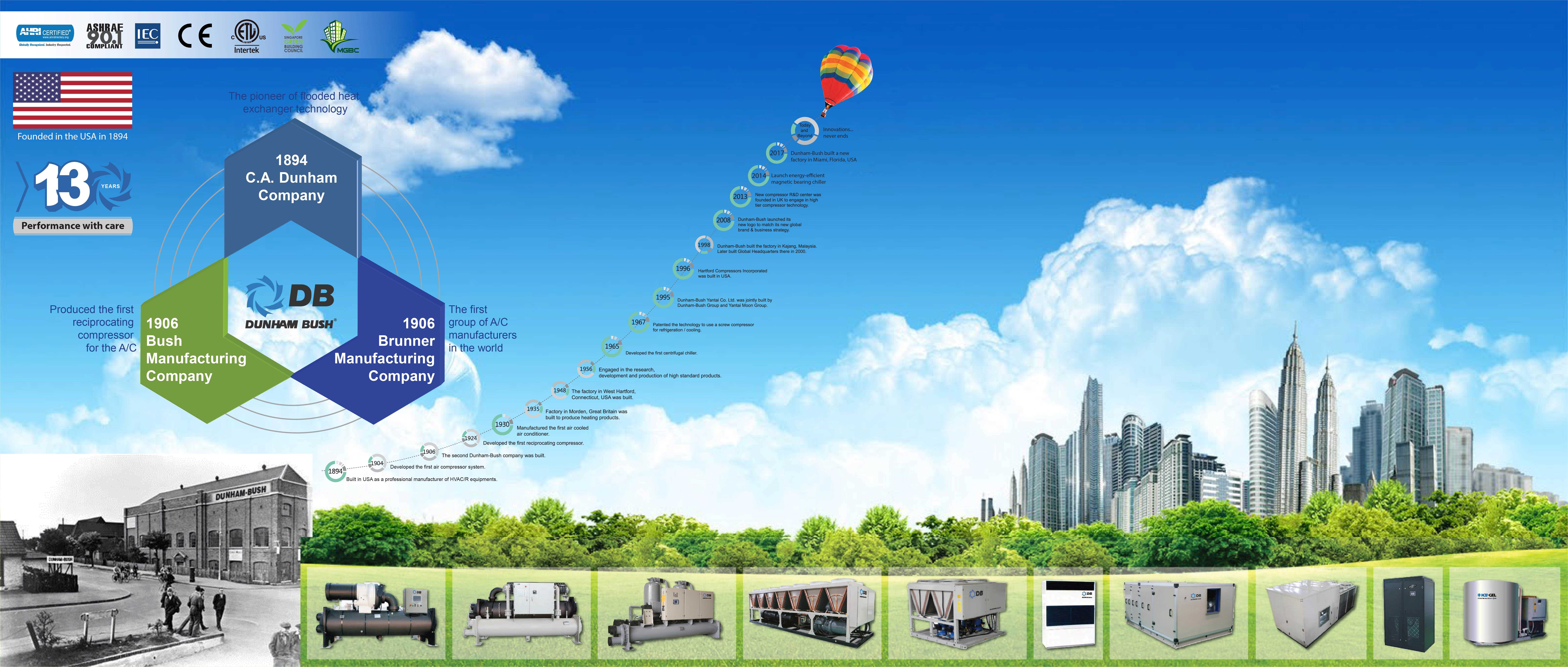


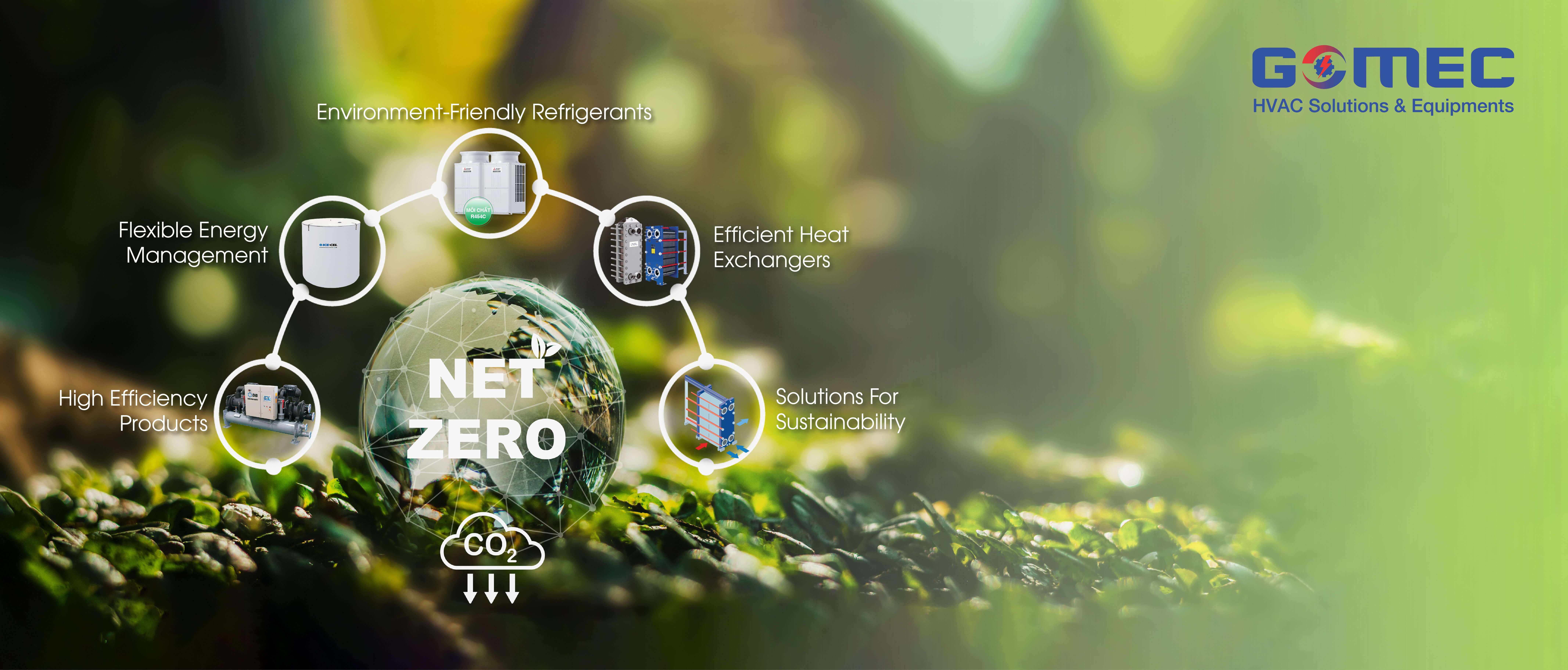






Leave a Reply